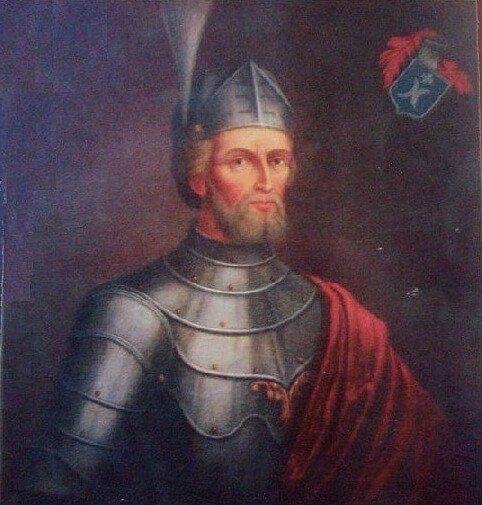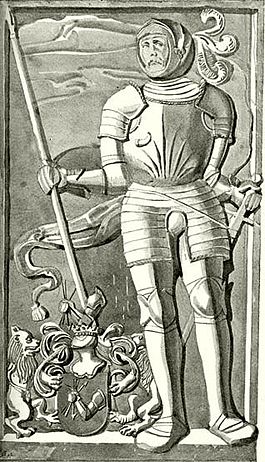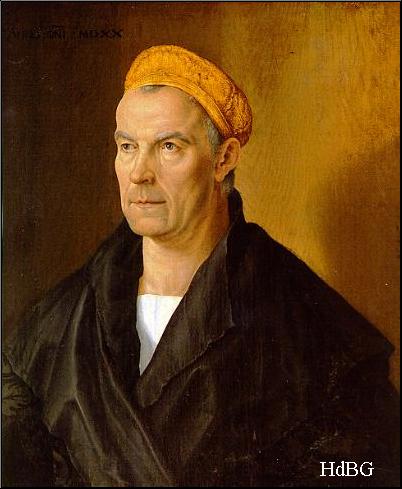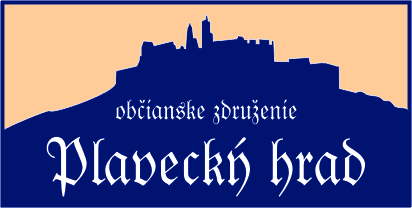History
The history of the Plavecký castle begins sometime in the mid 13th century We learn about the details of its origin from a document from 1291, which talks about events almost half a century old. According to this document, Detrich (Detreth), the son of the Bratislava reeve Kunt received the barren and uninhabited area of Kuchyňa from king Belo IV, which was home to the church of st. Nicolaus. Detrich played an important role in populating the area and built a castle here and called it by his own name. Detrich’s castle enters history in a more significant manner in 1273, in connection with a battle between Hungarian and Czech military troops in the field directly beneath it.
In the beginning of the 14th century it apparently became part of the property dominion of “the Lord of the Vah river and the Tatra mountains”, of Máté Csák of Trescén. After his death, the castle passed to the king and almost until the end of the 14th century it has been administered by the royal burgraves. In 1398, it was acquired by the favorite of the ruler Sigismund of Luxembourg, by duke Stibor of Stiboricz.

Stibor of Stiboricz
He made the castle and estate a part of his extensive property, taking up almost all of western Slovakia. After the demise of the Stibor lineage, the fort was acquired by other important royalty of western Slovakia – the counts of st. Jur and Pezinok. Their title to the fort was in 1441 approved by Queen Elizabeth, when count George left the castle to his wife.

Gáspár Serédy
After the death of the last of the lineage of the counts of Jur and Pezinok, the castle returned to the crown again, wherefrom it went to Gáspár Serédy. Shortly after that, he released the castle into loan-ownership of Kristof Salm and from there to the Fugger family.

Jakub Fugger
Ferdinand I. paid to retrieve the castle from the loan ownership and as a gift for his services, he gave the castle to Melichar Balaso. With the Balaso lineage gone, Peter Bakič became the new owner, and later became the romantic hero of the story about the abduction of Zuzana Révaiová of the Holíč castle. According to the novel of Ján Čajak, the lovers found their safe haven to be the Plavecký castle. The final part of the existence of the castle dates back to 1641, when the whole estate was acquired by paladin Pavol Pálffy. During the uprising of František II. Rákoczi, in 1706, the castle was the object of battles, which lead to it being damaged. This last ballet apparently sealed its fate. Its owners lost interest in any repairs and left the castle to decay.


